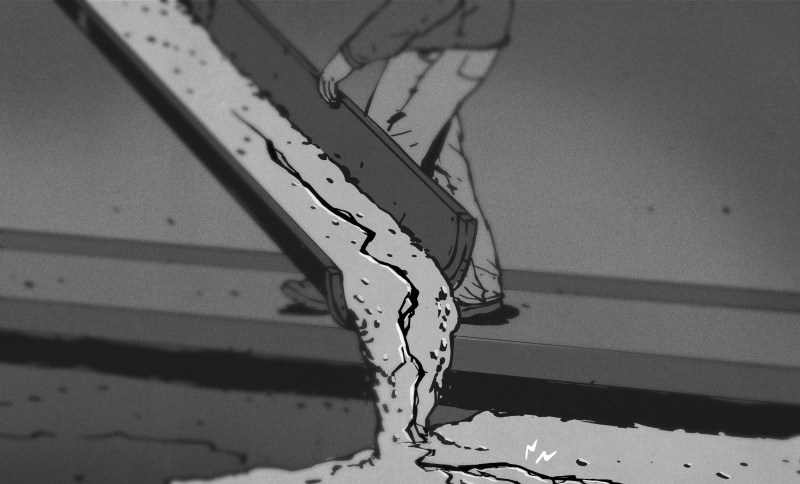‘ZeroCAL’ cement production process takes CO2 out of the equation
After a decade in the works, researchers at University of California, Los Angeles, have successfully devised a way to produce cement with 98% less CO2 emissions than traditional methods.Continue ReadingCategory: Materials, ScienceTags: Cement, Concrete… Continue reading ‘ZeroCAL’ cement production process takes CO2 out of the equation

